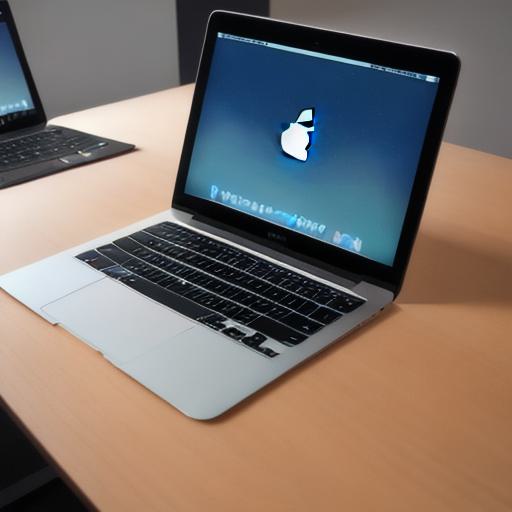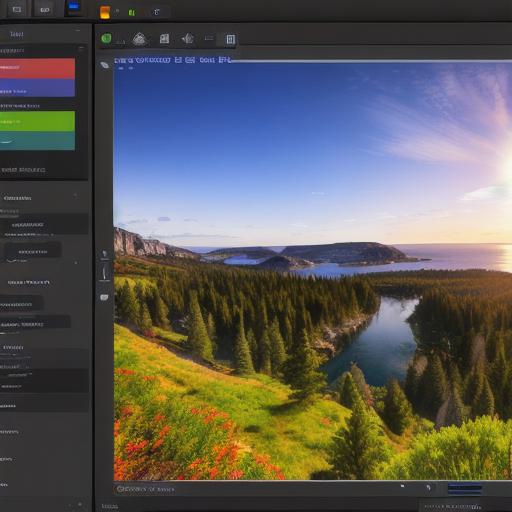Introduction
Hello web developers! In this comprehensive guide, we will discuss how to develop Unity games on a Mac computer, stepping you through the process with clarity and ease. Unity, a powerful cross-platform game engine, has gained immense popularity among game developers due to its flexibility and extensive features.
Let’s explore how web developers can join the fun!
**Step 1: Installing Unity Hub**

First things first, install Unity Hub – a standalone application that simplifies your Unity installation experience by managing multiple versions of the engine and projects. Download it from the Unity official website (https://unity3d.com/get-unity/download) and follow the onscreen instructions to set it up.
**Step 2: Installing Unity**
Once you’ve installed Hub, use it to manage your Unity versions and select the one suitable for your project.
Click on the version you want, then click "Install."
Unity will automatically download and install the required components.
**Step 3: Preparing Your Mac**
Before we dive into game development, make sure your Mac meets the system requirements (https://docs.unity3d.com/Manual/macOS-SystemRequirements.html). Also, consider upgrading any outdated hardware for a smoother experience.
**Step 4: Setting Up Your Development Environment**
Create a new Unity project and configure your development environment by setting up the necessary scripts, assets, and plugins. Unity’s Asset Store (https://assetstore.unity.com/) offers a wide range of free and paid resources to help you get started.
**Step 5: Learning Unity’s Interface**
Familiarize yourself with Unity’s user interface, which is divided into several areas: Scene View, Game View, Hierarchy Window, Project Window, and Inspector Window. Each area serves a distinct purpose in game development, making it essential to understand their functions.

**Step 6: Coding in Unity**
Unity uses C as its primary programming language. If you’re not already familiar with it, consider taking some online courses or tutorials before diving into game development. Use the MonoDevelop IDE (included with Unity) to write and edit your scripts.
**Step 7: Building and Testing Your Game**
Once you’ve coded your game logic, build and test your project in various modes such as Play Mode, Edit Mode, or Scene View Preview to ensure optimal functionality. Make necessary adjustments until your game runs smoothly.
**Step 8: Publishing Your Game**
When you’re satisfied with your game, use Unity’s built-in publishing features to share it on various platforms like WebGL, Android, or iOS. With the right settings and configurations, you can easily distribute your game to a global audience.
Conclusion
Developing Unity games on a Mac is a rewarding experience for web developers looking to explore new horizons. With the steps outlined above, you’ll be well on your way to creating engaging, interactive games using this versatile engine.
